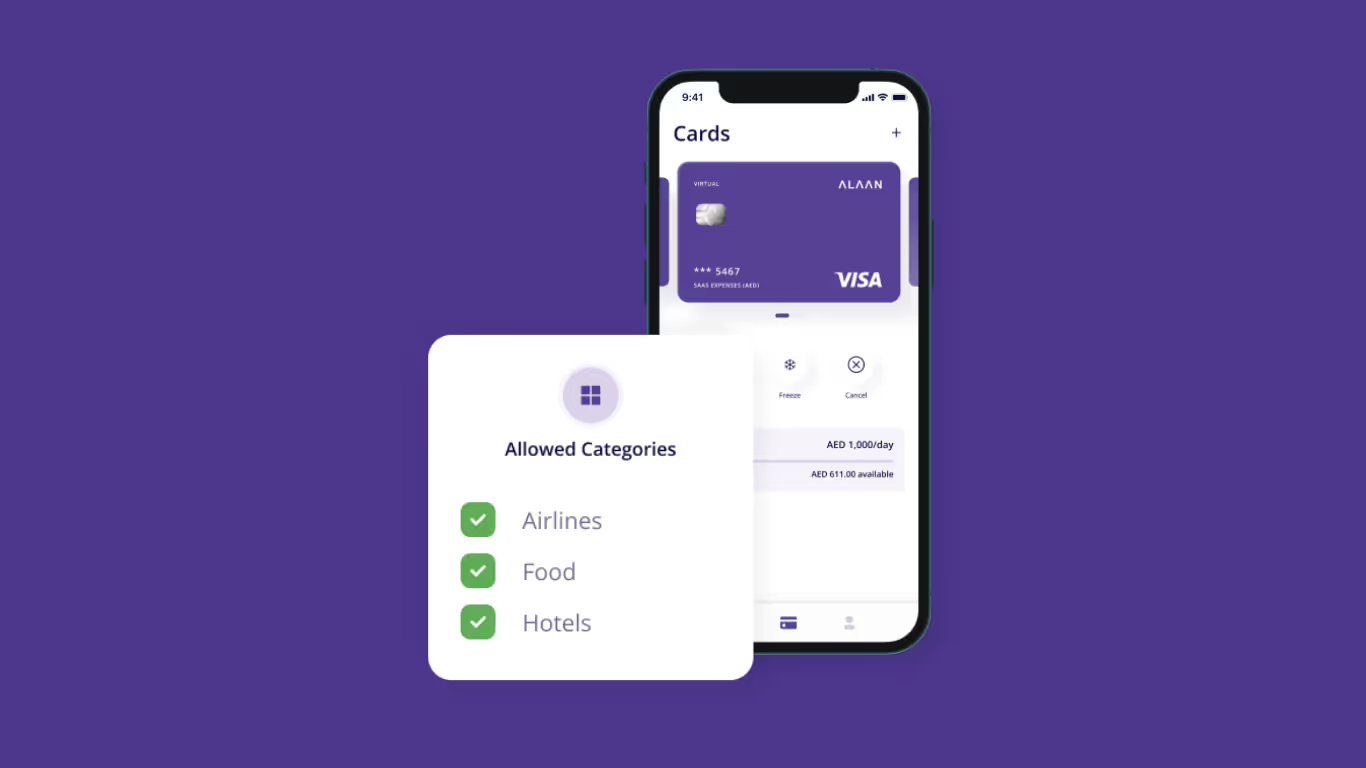Businesses deal with a multitude of expenses daily, from paying employees and covering rent to buying office supplies and keeping the lights on. These expenses fall into various categories, each serving a unique purpose in financial management. They are like folders that help businesses organize and classify their spending. They group similar expenses together, making it easier to track, analyze, and manage finances. These categories provide a clear picture of where a business's money is going, helping in budgeting, financial reporting, and decision-making.
Why do business expense categories matter?
Now, let's talk about why these categories are crucial:
Financial Clarity: Expense categories create transparency in your financial records. When you look at your expenses, you can quickly see how much you've spent in various areas, such as salaries, rent, or utilities. This clarity helps you assess your company’s financial health.
Budgeting: Categories are your budget's best friend. They help you allocate funds to specific areas of your business. For example, if you know you spend a certain amount on marketing each month, you can budget accordingly. This prevents overspending and keeps your finances in check.
Tax Deductions: When it's tax season, having well-defined expense categories can be a lifesaver. Certain expenses are tax-deductible, and proper categorization ensures you claim all eligible deductions. This can significantly reduce your tax bill.
Financial Reporting: Whether you're creating financial statements for internal use or presenting them to investors, expense categories make reporting easier. They provide a structured format for presenting your financial data, making it more understandable to stakeholders.
Common business expense categories
While the specific categories can vary between businesses, there are some common ones you're likely to encounter:
Operating Expenses: These are your day-to-day costs, like rent, utilities, office supplies, and insurance.
Payroll and Benefits: This category includes employee salaries, benefits, and payroll taxes.
Marketing and Advertising: Expenses related to promoting your business, such as advertising campaigns and social media marketing.
Travel and Entertainment: Costs associated with business travel, meals, and client entertainment.
Taxes: This covers various taxes your business must pay, including income tax, property tax, and sales tax.
Interest and Fees: Any interest on loans or credit lines and fees for banking or credit card services fall into this category.
Depreciation: The allocation of costs for long-term assets over their useful life, typically for items like machinery or vehicles.
Research and Development: Expenses related to creating new products, services, or improving existing ones.
Customizing categories to your business
Remember that your business's specific needs may require custom expense categories. While these common categories provide a foundation, tailoring them to match your industry and operations ensures that your financial records accurately represent your business.
Business expense categories help businesses manage their money efficiently, prepare for taxes, and make informed decisions. By understanding and customizing these categories to your business, you'll gain greater control over your finances, regardless of your financial background.
With Alaan, you can easily input customised business categories and then tag those to your accounting software which makes the lives of your accounting teams extremely easy.


.avif)







